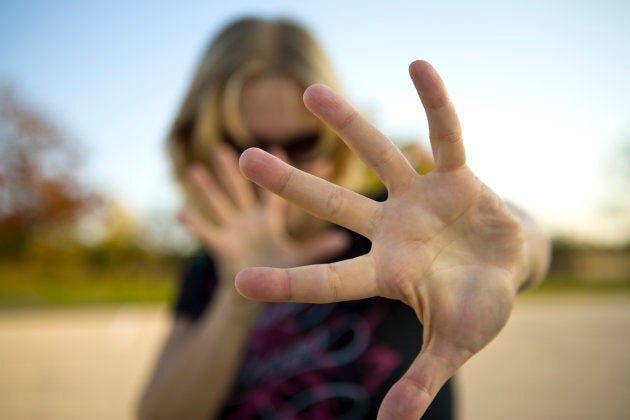As a psychologist, I am no stranger to hearing about sexual harassment and violence. However, it has been a stab to the heart to see just how very many of my friends, family and colleagues write "#MeToo" in their social media feeds.
The sheer volume is staggering. I am left wondering how we can prepare and protect the next generation of young people? How do we equip them to navigate a world so full of sexual danger? One key way is to focus on teaching boundaries — what they are, how to enforce them and how to respect them in others.

It is essential that children understand boundaries because smart boundaries are critical to their development and safety. Boundaries are about respect, both for oneself and for others. When children understand boundaries, they are then able to pinpoint situations that could make them uncomfortable, and better able to know what to do in these kinds of situations. Explicitly teaching boundaries to children helps them to understand where the line between right and wrong stands, and it helps them to develop a foundation of strong personal values to help guide decisions over the span of their lifetime.
Children must understand that that certain parts of their bodies (for example, the parts of their bodies covered by bathing suits) are private and should never be touched inappropriately. The important adults in children's lives need to teach this critical life lesson. Kids need to be able to confidently and strongly tell someone "no" when their boundaries are crossed. Saying "no" forcefully is a powerful deterrent to potential abusers. This is of course equally important for both boys and girls.
When kids understand boundaries, they better understand consent and they learn how how to respect the boundaries of others.
Another component of helping keep kids safe in our hypersexualized environment is to both talk about and eliminate people-pleasing tendencies. Young people — and in particular women — are socialized to be nice, polite and cooperative, and above all to avoid conflict. Many of us are taught from a young age to never hurt someone else's feelings, to protect relationships and to put other people's needs before our own. However, young people need to know that they should never put up with their boundaries being crossed to avoid conflict and/or to be polite. We must never worry about harming a relationship or hurting someone else's feelings when we say "no" to a boundary violation. No one should ever feel obliged to do something they do not want to do. We always have the right to say "no!" Kids need to be taught this and empowered to stand up for themselves.
Kids also need to know that a boundary is crossed even when no one is watching and even if no one ever knows. It still happened and it still hurt us. Becoming loose with our boundaries now makes it more likely that we will be loose with them in the future. Little boundary violations lead to bigger ones. Teaching kids this lesson early on will help keep them safe over time.

There is a further message here: when kids understand boundaries, they better understand consent and they learn how how to respect the boundaries of others. We need to help kids connect the dots between having control over their bodies as well as control over their choices. When we explicitly teach boundaries, we not only help children learn how to stay safe but we help children avoid becoming victimizers.
All of this being said, children also need to understand that if someone has crossed a boundary of theirs, either by force or by coercion, the child did not cause the boundary violation. It is in no way their fault on any level. We must teach them to focus on accountabilty for the perpetrator, rather than blaming the victim and empower them to be resilient in the face of challenges.
Although the stories in the news about sexual abuse, assault and harassment have been painful to read, some good will come out of all this trauma if as a society we take steps to make our world a safer place. Teaching smart boundaries to our young people will help achieve this goal.
Follow HuffPost Canada Blogs on Facebook
Also on HuffPost: